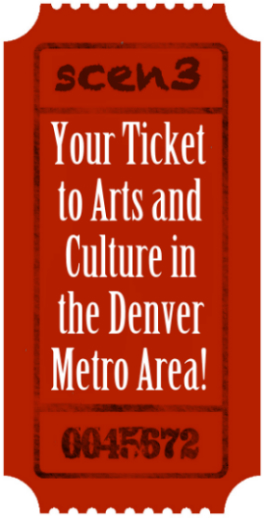An operatic evergreen: “Dido and Aeneas” with Baroque Chamber Orchestra of Colorado
A Preview by Ruth L. Carver
Certain operas are perennial favorites – by all sorts of companies, schools, orchestras, musicologists, not to mention performers. Local audiences have the chance to hear one of these classics in January, with the Baroque Chamber Orchestra of Colorado taking on English composer Henry Purcell’s Dido and Aeneas. The opera has not diminished in popularity since its conception in the late 17th century (the exact date of its composition remains a guess), with its signature aria “Dido’s Lament” becoming a calling card for the late diva Jessye Norman.

The story centers around Queen Dido, founder of the city of Carthage, who many Roman and Greek sources describe in marvelous detail, transforming whatever real-life figure she was into a mythical heroine. She was that rare female who was in absolute power. In the adaptation by librettist Nahum Tate, she has unhappily fallen for the Trojan hero Aeneas who has ventured to her city. A sorceress and her band of witches “hate” Dido and conspire to trick Aeneas into abandoning her in order to found his own city. He sees Dido’s pain and resolves to stay after all, but she pushes him away. We are left at the end with Dido and her attendant Belinda, dying of grief. The story, particularly the familiar operatic trope of the woman abandoned, inspired one of opera’s great arias, “Thy hand, Belinda…When I am laid,” as well as countless other compositions throughout the 17th and 18th centuries, works of art, and pieces of literature. For audiences of Purcell’s time, the story was rich with parallels to the political and religious turmoil then occurring, but as Frank Nowell, BCOC Artistic Director describes, “baroque music is always ultimately about the underlying emotions — and that transcends the period-specific references.”

The reasons for this popularity are many: the complete work is just under an hour, it is in English, it features some of Purcell’s liveliest dance and vocal music, it is replete with witches and other mythical figures, and yes, it ends with the dramatic and beautiful death of a title character. Loosely based on a story from Virgil’s Aeneid, it offers ripe themes for a modern audience to consider, from empire building and colonialism to gender politics, yet it is ultimately a story about human emotion. Purcell (1659-1695) had frequently written music for the stage as incidental or background music to plays and other performances, but here he found a subject worthy of a full operatic treatment – with continuous singing. This is not the first time BCOC has performed the opera, and Frank Nowell assures it will not be the last.

In this production, contralto Emily Marvosh performs the roles of both Dido and her nemesis, the Sorceress. Though not common, this strategy was fruitful for choreographer Mark Morris, who first danced both roles in 1989. For Marvosh, the dual roles are layered with psychological meaning. She explains “we know by now that women sabotaging other women in power is a well-documented phenomenon….When I first experienced the opera, it seemed simple: I just wanted Dido to get over her pride and allow herself to be happy as part of a Carthaginian power couple…the characters’ options and choices seem more nuanced to me now.” The role of Aeneas is curious; he is a named title character, but he has relatively little agency in the plot and though male heroes are the subject of many of the source materials, it is the female characters who are here given the richest music and through whose eyes we see events. Aeneas is played by baritone Andrew Garland, a recent transplant to Colorado and new member of the faculty at CU Boulder. He wonders, “was Aeneas determined to leave no matter what? Was his change of heart sincere? I have my idea, but I want the audience to decide for themselves. Personally, I see the forces who lie and impersonate as being the real evil.”

Stage Director Kelly Anderson will join with the principal singers and a chorus of twelve to depict the fast-paced plot, along with BCOC’s expert strings and continuo. The music itself ingeniously combines the French style of the time (often in the witches’ music and connoting the evils of Catholicism) with distinctive British flair like dotted rhythms in the music of Dido, Belinda, and Aeneas. The format is drawn from the English masque tradition – a mimed court entertainment enriched by all the theatrical trappings of opera. The chorus changes guises often, portraying witches, sailors, members of Dido’s court, and cupids. Nowell explains “The chorus is so critical to a successful performance of this work. It moves the drama forward while commenting on it. My first experience performing the work was actually as a member of the chorus, in a performance conducted by Christopher Hogwood. I still think of the work often from the perspective of a chorus member!”
For such a short opera, Dido and Aeneas offers countless aspects to appreciate. As Garland notes, “the dilemma between love and duty is timeless.” Whether you go for the romance, the political allegory, the commentary on gender, or simply the delightful music, the riches of the piece will leave you satisfied. Buy tickets at: https://app.arts-people.com/index.php?ticketing=bcoc

SATURDAY, JANUARY 11, 2020, 7:30 PM, St. Luke’s Methodist Church,
Highlands Ranch
SUNDAY, JANUARY 12, 2020, 3:00 PM, Central Presbyterian Church
Denver







